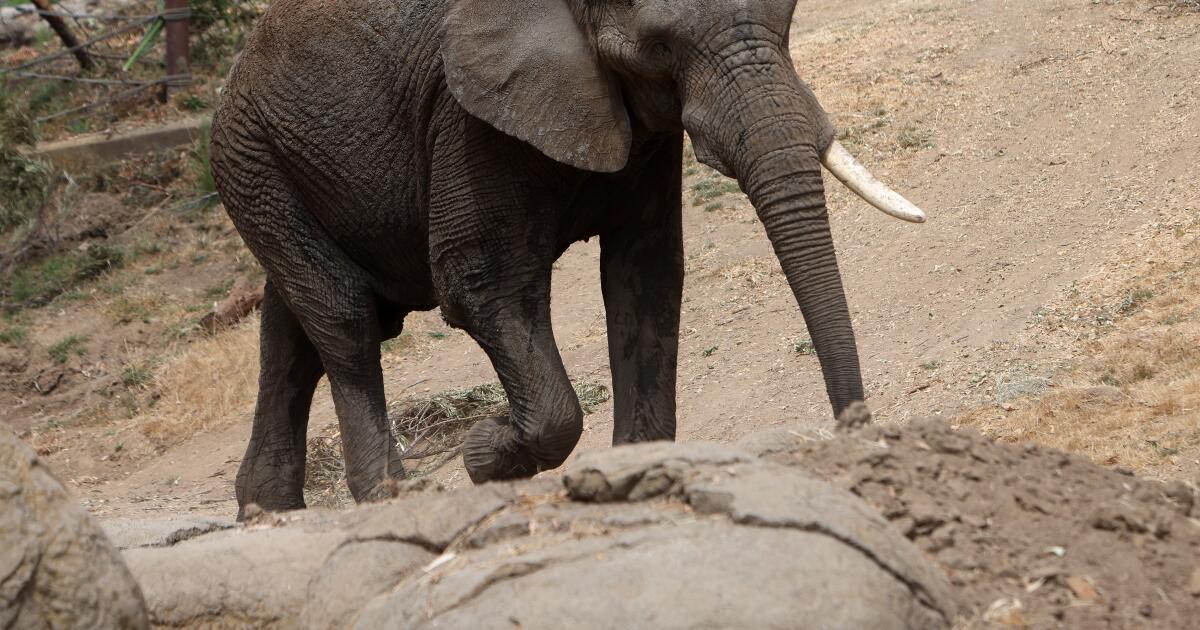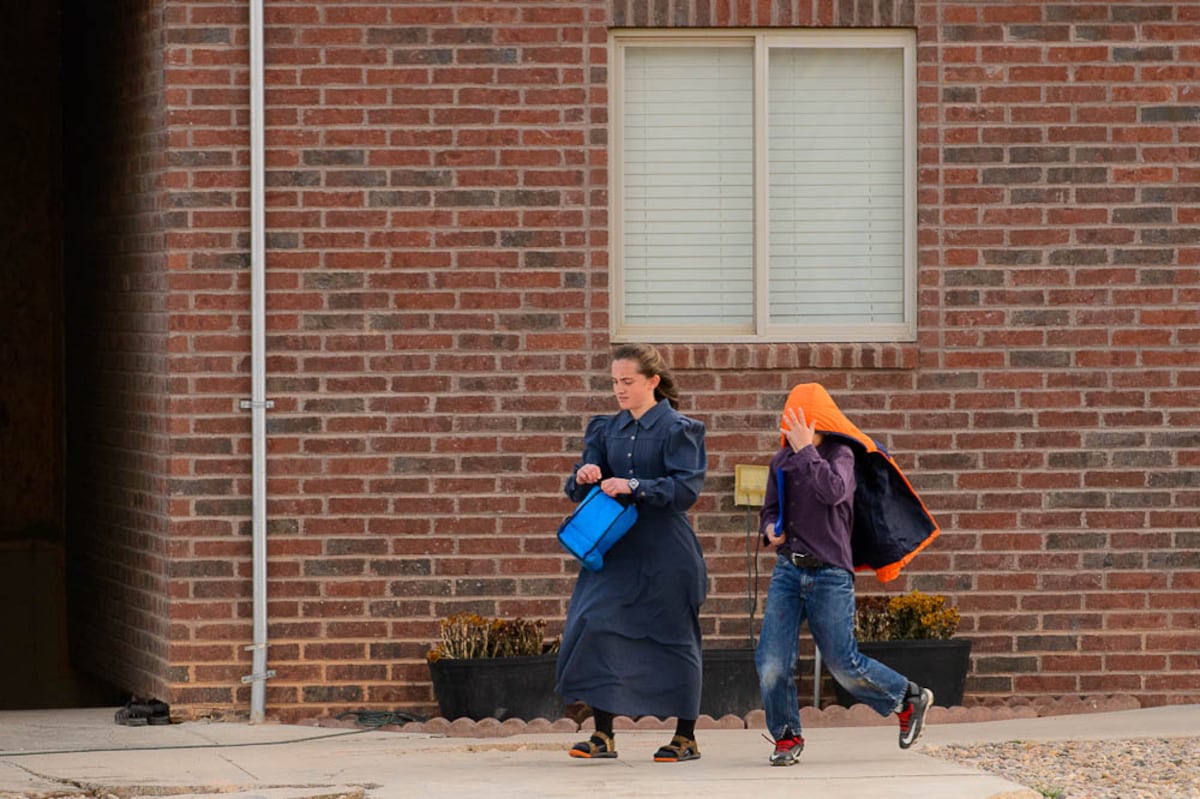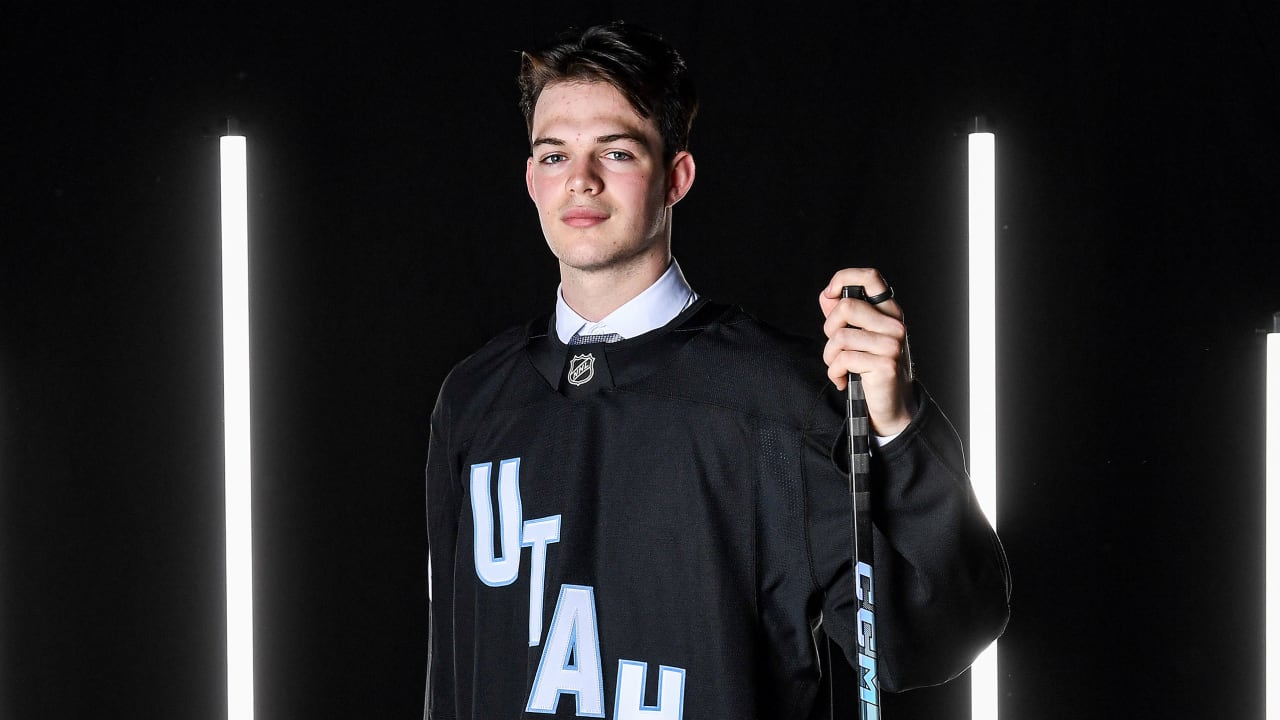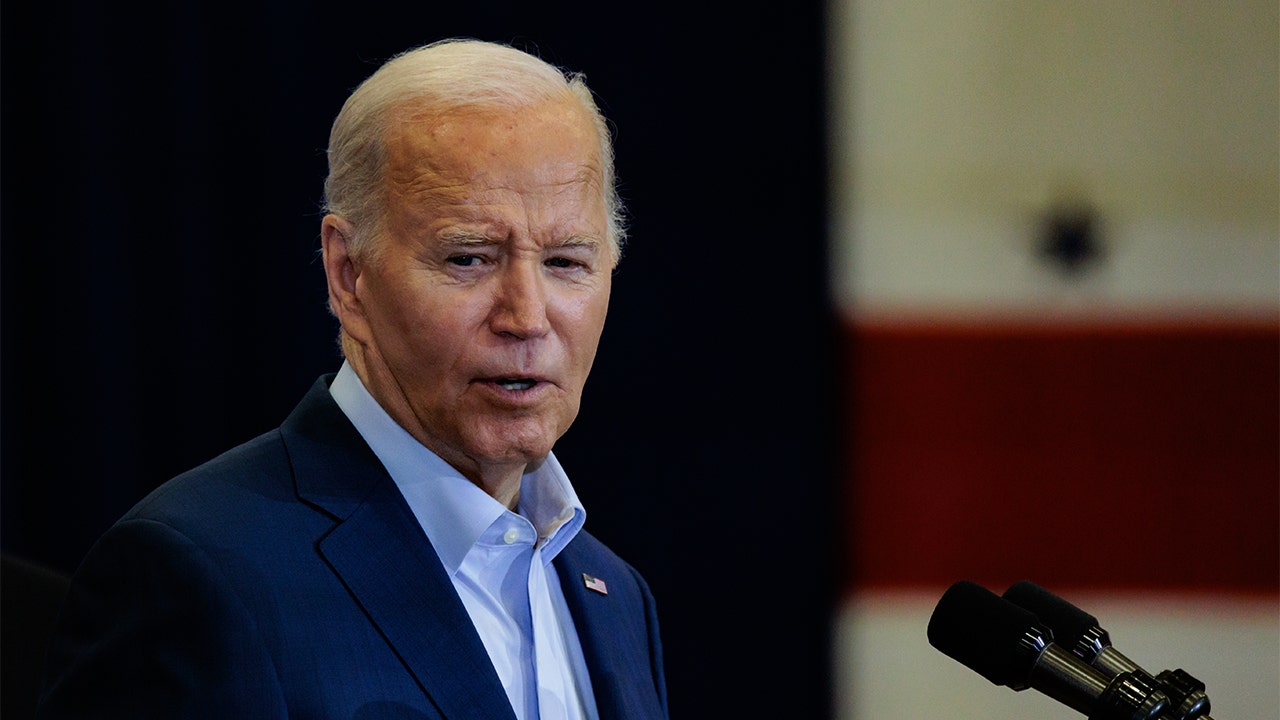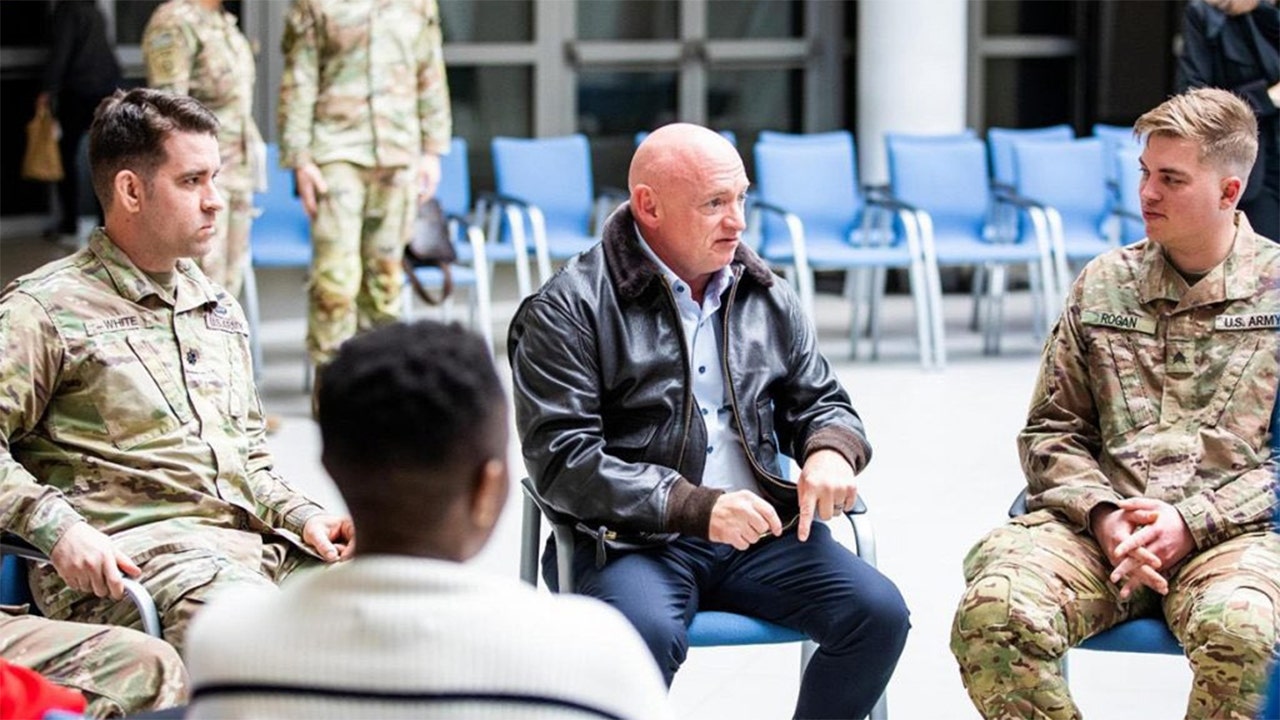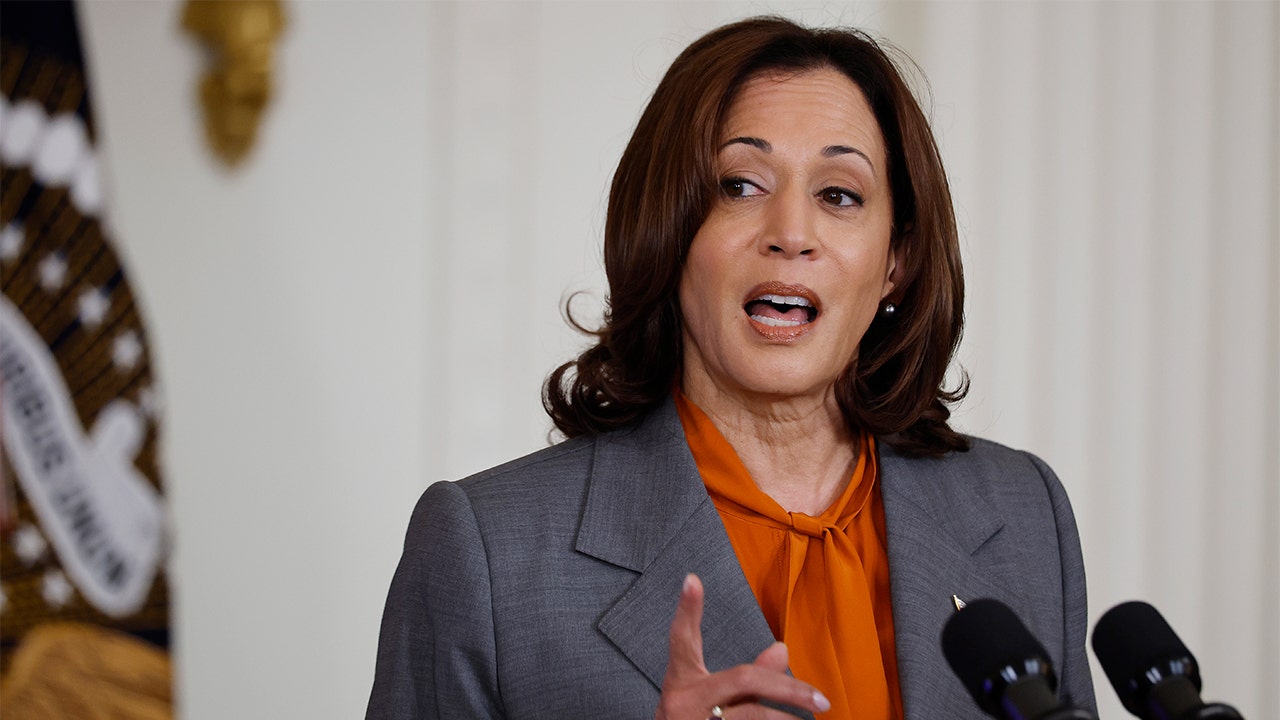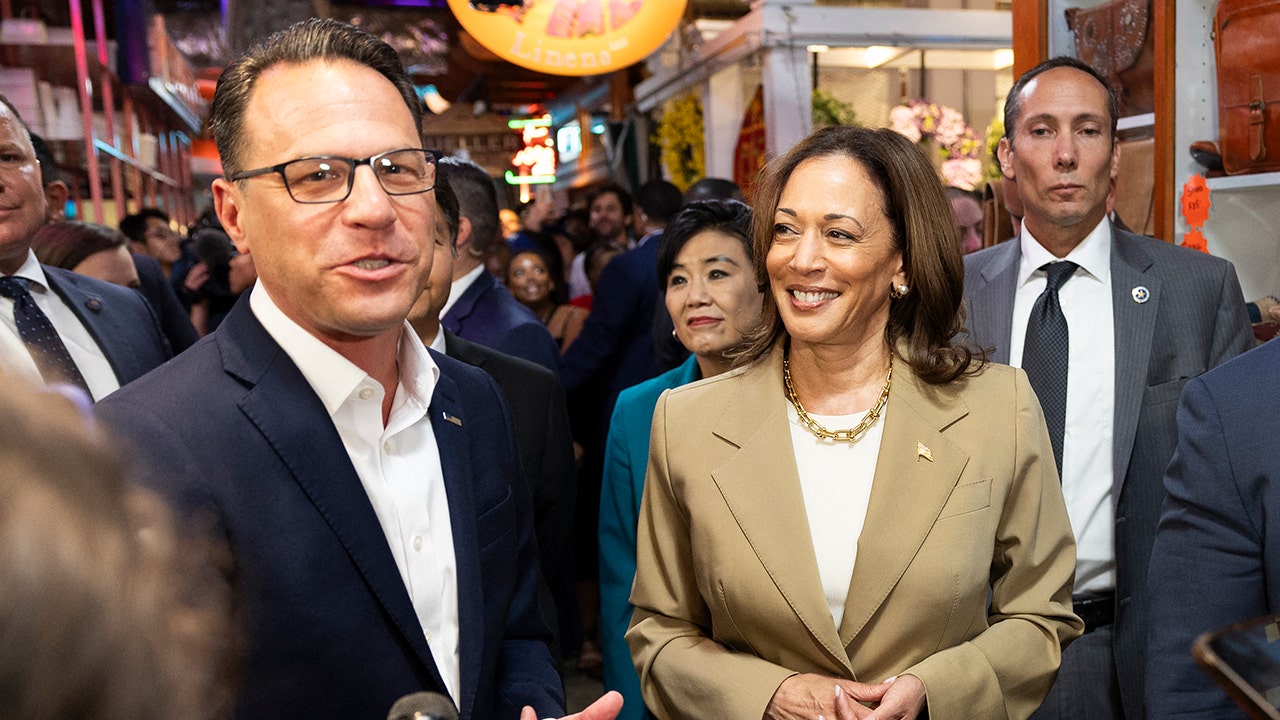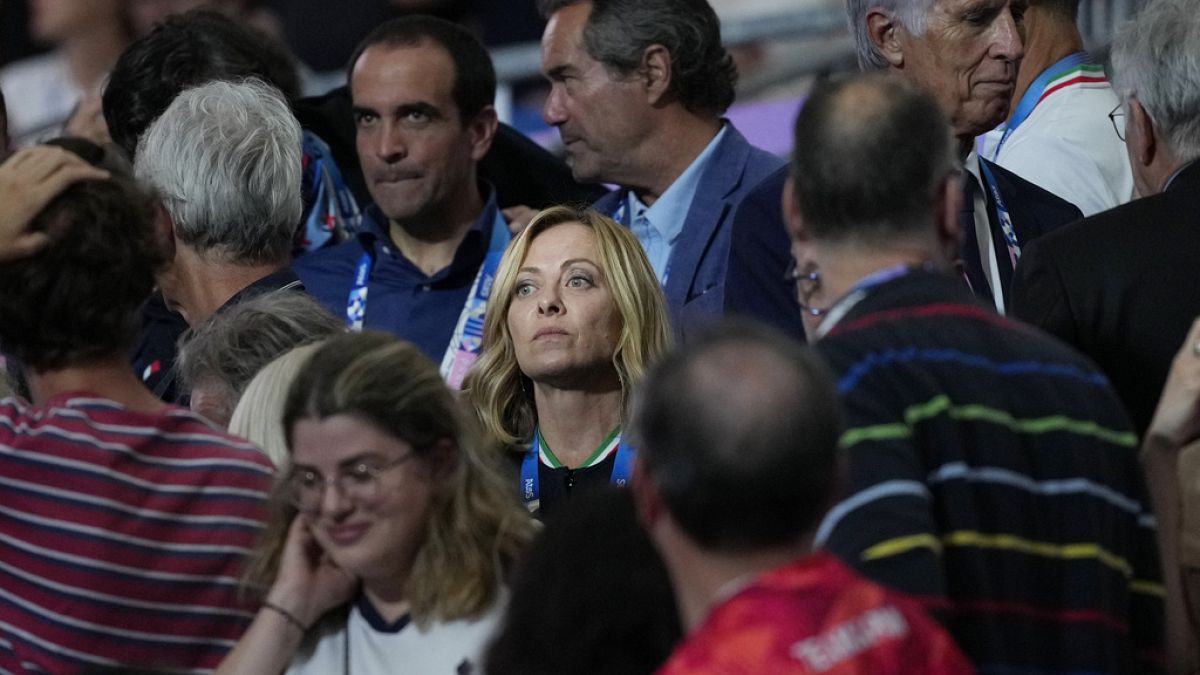Members of the Fundamentalist Church of Jesus Christ of Latter-Day Saints (FLDS) living in rural Utah face unique and significant challenges when it comes to accessing healthcare. This insular community, often wary of outsiders and influenced by a complex history of persecution and internal governance, struggles with a lack of access to essential health services. The result is a troubling disparity in health outcomes compared to the general population, exacerbated by geographical isolation and socio-cultural barriers. More imminently, abuse is a significant issue in polygamist communities, and regular healthcare check-ups could provide critical intervention points.
Predominantly located in remote areas of Utah, FLDS communities are served by minimal healthcare infrastructure. The scarcity of nearby medical facilities forces many community members to travel long distances to receive even the most basic care. This issue is further compounded by the socio-economic status of many FLDS families, who often lack the financial resources for travel, treatment and follow-up care.
Beyond logistical barriers, cultural and religious factors significantly impact healthcare access. FLDS members are often distrustful of external authorities, including medical professionals, leading to reluctance to seek care outside their community.
Additionally, there is a shortage of culturally competent healthcare providers who understand FLDS patients’ unique needs and perspectives. This lack of understanding can lead to feelings of alienation and misunderstanding in clinical settings.
Abuse, a pressing issue in these communities, often goes unchecked due to these barriers, making the need for accessible healthcare even more urgent.
A study on a rural Gambian population found that women in polygynous marriages had a higher prevalence of HSV2 compared to those in monogamous marriages. Specifically, women in currently polygynous marriages were three times as likely to be HSV2 positive as women who were their husband’s only wife. This statistic highlights the potential health risks associated with polygamous marriages, although it is essential to note that this is not the case for all polygamist communities.
To address these barriers, implementing mobile health clinics could significantly improve healthcare access for FLDS communities. These clinics can travel to remote areas, providing essential services such as vaccinations, prenatal care, chronic disease management and mental health support. Mobile clinics have been successful in other rural and underserved areas, offering a flexible and cost-effective solution to healthcare access. Mobile clinics can help overcome geographical and socio-economic barriers by straddling the gap between healthcare services and the community.
Some say telehealth is another viable modality to bridge the gap between FLDS communities and healthcare providers, but the FLDS community avoids internet access and use. As a result, training and employing community health workers (CHWs) within the FLDS community can also enhance trust and improve health outcomes. CHWs can liaise between the community and healthcare providers, offering education, support, and advocacy. They can help FLDS patients navigate the healthcare system, adhere to treatment plans, and understand preventive health measures. The success of similar programs in other marginalized communities highlights the potential benefits of this approach.
Healthcare providers serving FLDS communities need comprehensive cultural competency training covering the community’s religious beliefs, social norms and historical context. By understanding these factors, healthcare professionals can build trust and improve communication with their patients as they provide culturally competent care, leading to better health outcomes.
Engaging with FLDS community leaders is crucial for the success of any healthcare initiative. These leaders can provide insights into the community’s needs and help facilitate accepting external healthcare services. Building partnerships and collaborations with local religious and community leaders can also ensure that interventions are culturally sensitive and more readily accepted.
Programs that have successfully improved healthcare access in other isolated or insular communities can serve as models. For instance, the Navajo Nation has benefited from initiatives like mobile clinics and community health representatives, which have increased healthcare accessibility and improved health outcomes. Adapting these models to the specific needs of FLDS communities could yield similar results, demonstrating the effectiveness of targeted health interventions.
Additionally, pilot programs focusing on mobile clinics in rural Utah have shown promise. Expanding these initiatives and securing sustainable funding can provide a robust framework for long-term improvements in healthcare access for FLDS communities–allowing for sustainability, continuous support and ongoing development.
In conclusion, improving healthcare access for FLDS communities in rural Utah requires a multifaceted approach that addresses logistical and cultural barriers. By implementing mobile health clinics, training CHWs, enhancing cultural competency and collaborating with community leaders, we can make significant strides toward ensuring that all members of these communities receive the care they need.
The health and well-being of FLDS members depend on our commitment to overcoming these challenges and fostering an inclusive and accessible healthcare system. The FLDS community must come to trust that the medical system will not discriminate against them nor report them to the authorities, addressing their fears surrounding the legality of polygamy.
(Jacob Taylor) Jacob Taylor
Jacob Taylor is a second-year medical student at the Spencer Fox Eccles School of Medicine at the University of Utah. Born in Murray and raised in Portland, Oregon, Jacob chose to return to Utah to attend Brigham Young University, where he earned his degree in neuroscience with minors in Chinese, chemistry and gerontology. He is deeply committed to advancing global, rural and population health and is actively involved in graduate certificate programs focused on these areas. Jacob is married to his husband, Caden Snow, who inspires him to be a better version of himself every day.
The Salt Lake Tribune is committed to creating a space where Utahns can share ideas, perspectives and solutions that move our state forward. We rely on your insight to do this. Find out how to share your opinion here, and email us at voices@sltrib.com.




:quality(70)/cloudfront-us-east-1.images.arcpublishing.com/adn/KCSPFHEX4FGZBNDAGQUZBGRC7U.jpg)


